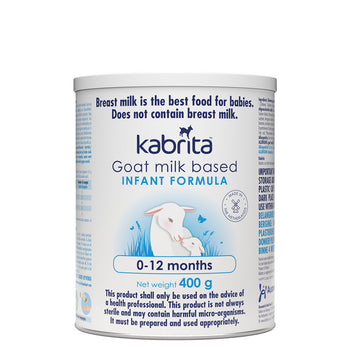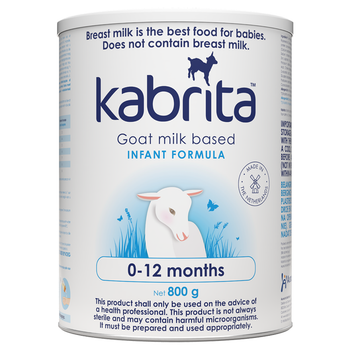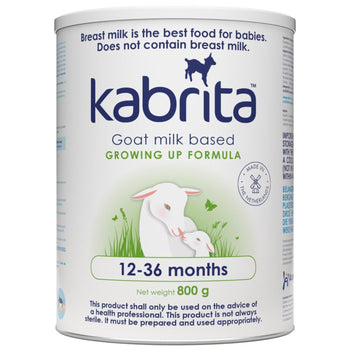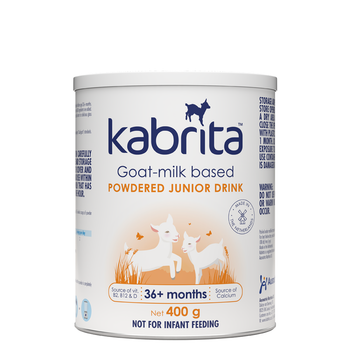Attention to the symptoms: Acid Reflux

The Acid Reflux in babies is considered normal, but when this is excessive it may become frustrating for parents and annoying for their children. Get a closer look of the Gastroesophageal Reflux.
By Annie Salsberg MD, January 03rd, 2019.
What is it?
Acid Reflux in children (also known as Gastroesophageal Reflux) is the result of the movement of the stomach’s content into the esophagus or the mouth. Two thirds of healthy babies experiment Acid Reflux, and it affects approximately to a 5-10% of the 12-months-old babies. The Acid Reflux in babies is considered normal; but the medical condition due to Gastroesophageal Reflux (ERGE, in Spanish) is a more serious medical condition but less common. Condition that emerges when the symptoms of the Acid Reflux become more severe.
What are these symptoms?
It is common that the baby spits the breast milk or the formula several times a day, this is called normal reflux. Even though being unclean is odorless and it does not affect the babies. In the most severe condition of ERGE, some symptoms can include vomit, a rejection to food, a deficient weight gain and respiratory symptoms as coughing and gasping. If you are not sure that your baby has normal reflux or ERGE, the best is to consult your Health Care Professional.
What are the causes?
The muscular ring between the stomach and esophagus, called as inferior esophageal sphincter, is designed to keep the food in the stomach, and to avoid that the content moves up. Since this muscle is not fully developed in the littlest one; the spit of the baby is more easily produced. Other factors that may contribute to the reflux in little children are triggered by certain food, the amount of food and the bad posture when feeding.
What are the solutions?
The Acid Reflux of the children gets better as their digestive system matures. However, there are somethings that you can do at home to help reduce the acid reflux of your child.
Identify and remove food induced triggers. A good way to start is with a 7-days plan. Taking note of the symptoms and food to be able to find a relationship. If Cow’s milk seems to contribute to the child’s acid reflux, you can try Kabrita, the Goat Milk based Infant Formula.
Feed with small amounts. Try with more frequent meals and lower amount.
Sit down. Do not feed your baby while he/she is laying down and try to keep the baby sit up or being in a straight up position for some 20-30 minutes after feeding. While a Little reflux in your child is normal, make sure of consulting your health care professional If there are any more symptoms of concern.
Tackling a possible trigger in the diet, having into account the amount of food, and adjusting the position of feeding can help to alleviate the symptoms of reflux in little children.



